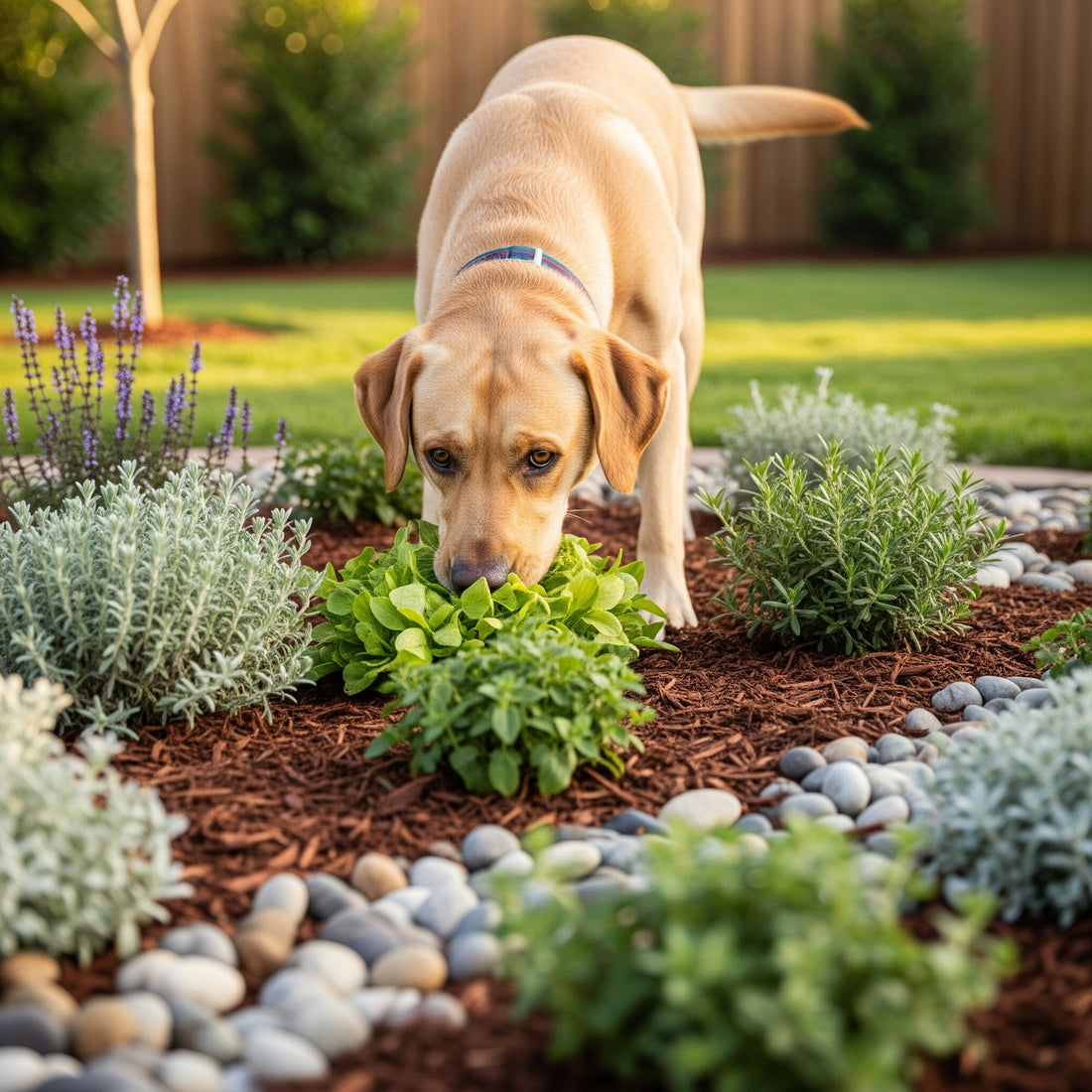
The Psychology of a Dog's Sense of Smell and How it Affects Appetite
Share
Have you ever watched your dog on a walk? They aren’t just walking; they are reading an epic novel written in scents that we can’t even begin to perceive. That one spot on the grass isn't just grass—it's a detailed report of which dogs have been there, what they ate, and how they were feeling.
This is because your dog's primary sense isn't sight or sound. Your dog experiences the world, first and foremost, through their nose. Their sense of smell is a true superpower, estimated by scientists to be anywhere from 10,000 to 100,000 times more acute than our own.
Understanding this incredible olfactory world is the secret to understanding your dog's appetite. If you have a picky eater, you might be trying to appeal to their taste buds, when you should really be appealing to their nose.
A Superpower in Their Snout
Let's put their sense of smell into perspective. An expert from the VCA Animal Hospitals explains it this way: while we might notice if our coffee has a spoonful of sugar in it, a dog could detect a spoonful of sugar in two Olympic-sized swimming pools.
They achieve this feat with some incredible biological hardware:
- 300 Million Scent Receptors: A dog's nose is packed with up to 300 million olfactory receptors, compared to our paltry 6 million.
- The "Second Nose": Dogs have a special organ called the vomeronasal organ (or Jacobson's organ) located in the roof of their mouth that is specifically designed to detect pheromones and other chemical signals.
- Stereo Sniffing: They can even wiggle their nostrils independently, helping them determine the direction of a smell.
How Smell Dictates Taste
For humans, much of what we perceive as "flavor" is a combination of taste and smell. For dogs, that ratio is skewed dramatically. Aroma is everything.
In the wild, this powerful sense is a crucial survival tool. A strong, meaty aroma signals a fresh, safe source of protein. A faint, stale, or "off" smell could indicate that a food source is old, spoiled, or even poisonous. This instinct is still deeply ingrained in our domestic dogs.
This brings us to the "kibble problem." A bag of dry kibble, especially one that has been open for a while, has very little aroma. To your dog’s super-powered nose, that bowl of brown biscuits is the equivalent of a bland, unseasoned cracker. It’s not exciting. It’s not enticing. And it doesn’t trigger that primal instinct that says, "This is good, safe food!"
This is why a dog might ignore their perfectly nutritious kibble but go crazy for a tiny, smelly piece of cheese or a flake of salmon.
Unlocking Their Appetite Through Aroma
Once you understand that you need to appeal to their nose, solving picky eating becomes much easier. The goal is to make their healthy food smell as good as a high-value treat.
- Warm It Up: Gently warming your dog's food (by adding a splash of warm water or broth) is the easiest way to release the scent molecules and make the food more aromatic.
- Add Aromatic Toppers: Incorporating a small amount of something with a powerful, appealing scent can make a huge difference. Think a spoonful of wet food, a few flakes of fish, or a little plain, cooked meat.
- Store Food Properly: Keep their kibble in an airtight container to seal in what little aroma it has and prevent the fats from going rancid, which creates a bad smell that your dog will definitely notice.
The Ultimate Aroma Boost
If the fastest way to your dog’s stomach is through their nose, then a high-quality food seasoning is like giving them an express ticket.
This is precisely why we created Clean Plate K9. Our seasoning blends are crafted with aromatic, dog-safe herbs and spices that are designed to do one thing better than anything else: make your dog's food smell absolutely irresistible to them.
When you sprinkle our seasoning over their meal, you are sending a powerful signal directly to their brain’s "happy place." It enhances the savory, meaty aromas, triggers their natural feeding instincts, and transforms a boring meal into a multi-sensory event they can’t wait to dive into. You're not just changing the flavor; you're changing the entire psychological experience of mealtime.
Sources:
- "How Your Dog's Nose Knows So Much." VCA Animal Hospitals, vcahospitals.com/know-your-pet/how-your-dogs-nose-knows-so-much.
- "Inside the Canine Nose: A Dog's Sense of Smell." PBS Nature, pbs.org/wnet/nature/dogs-in-the-world-of-scent-inside-the-canine-nose/1192/.
- "Why Does My Dog Sniff So Much?" American Kennel Club (AKC), akc.org/expert-advice/health/why-does-my-dog-sniff-so-much/.
